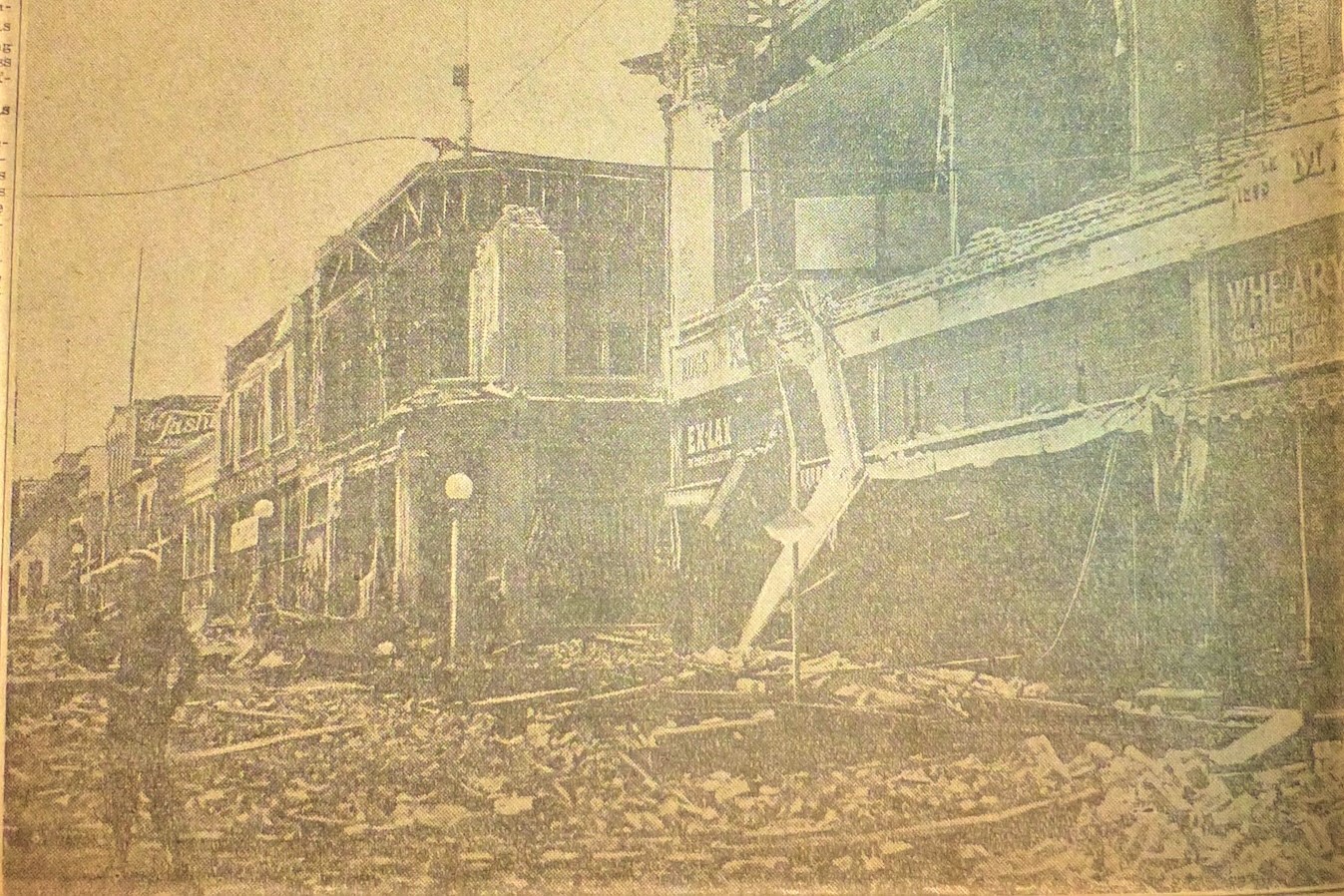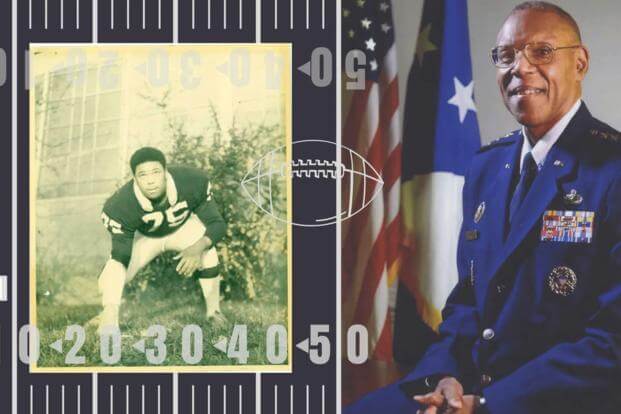On July 4, 1925, the city of Berkeley presented a multifaceted tableau of national concern and local resilience, uniquely blending patriotic fervor with the somber realities of natural disaster preparedness. This pivotal moment in Berkeley’s history saw prominent civic events like ‘Defense Day’ designed to underscore future war readiness, while concurrently, the local press delved into a poignant account of a resident’s experience amidst the recent devastating Southern California earthquake. This historical snapshot provides a compelling retrospective, offering a unique glimpse into the city’s social and political landscape of the era.
A central feature of Berkeley’s Independence Day celebrations in 1925 was the highly publicized ‘Defense Day.’ This initiative was strategically designed to emphasize the nation’s unwavering commitment to military preparedness and future war readiness, a sentiment still palpable in the wake of World War I. This public demonstration transcended mere parade ground spectacle; it served as a significant civic event, reflecting the contemporary concerns about national security and the prevailing mood regarding military strength. Such gatherings illustrated how cities like Berkeley actively engaged with broader national agendas, fostering a tangible sense of collective responsibility and readiness among its citizens, solidifying their role in the defense of the nation.
The strategic organization of ‘Defense Day’ in Berkeley underscored a period when civic engagement often intersected directly with national policy and military objectives. Citizens were encouraged to observe and participate in events designed to highlight the importance of a well-prepared nation, reflecting a societal emphasis on discipline and unity. This focus on preparedness, particularly in a progressive city like Berkeley, indicates the pervasive influence of national defense narratives on local communities, shaping public perception and contributing to a collective understanding of national identity and security during the interwar period. The event served not only as a display of military capability but also as a communal reaffirmation of patriotic duty.
While ‘Defense Day’ looked towards future contingencies, the local newspaper in Berkeley simultaneously brought immediate, ground-level challenges into sharp focus. The press extensively reported on a local resident’s firsthand account of the recent, devastating Southern California earthquake. This coverage moved beyond mere casualty counts, instead providing a deeply personal narrative that resonated with the community, emphasizing the vulnerability and human impact of natural disasters on individual lives. This juxtaposition highlights the diverse array of concerns that occupied the minds of Berkeley residents, from grand national strategies to the very real and immediate threats posed by nature.
The detailed reportage on the California earthquake victim’s experience offered a stark counterpoint to the military drills and displays. It served as a powerful reminder of the unpredictable forces that could disrupt daily life, showcasing the human struggle and resilience in the face of adversity. Such articles not only informed the public but also served to galvanize community spirit, often leading to local support efforts for those affected. In 1925, the ability of a community like Berkeley to process both large-scale national preparedness efforts and intimate stories of hardship illustrated a mature civic consciousness.
Ultimately, Berkeley’s July 4, 1925, celebrations presented a compelling historical tableau, offering a vivid picture of a city navigating the dual pressures of national policy and immediate local hardship. The day’s events, from the forward-looking military preparedness efforts of ‘Defense Day’ to the deeply personal experiences reported from the Southern California earthquake, effectively captured the complexities of early 20th-century American life. This pivotal moment in Berkeley history underscored both the proactive spirit of a nation mindful of its defense and the enduring resilience of its communities in the face of unforeseen challenges, providing valuable historical context for understanding the interplay between society and major events.
Discover more from The Time News
Subscribe to get the latest posts sent to your email.



